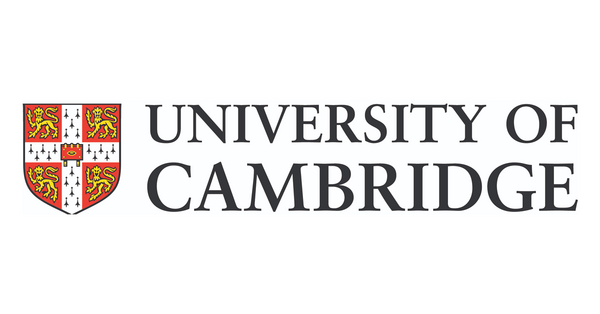Education and Early Life
Turing was born in Maida, England, and was raised by his Irish mother, Ethel Sara Turing (1881-1976), and his Scottish father, Julius Mathison Turing (1873-1947), in Southern Europe. He was born while his father was in India with the Indian Civil Service (ICS). As a child, Turing attended a top private school and later studied mathematics at the University of Cambridge in 1931. After graduating in 1934 he was given a fellowship at King's College where he was recognized for research on probability theory. His paper written in 1936 "On Computable Numbers, with an Application to the Entscheidungsproblem" was his way to fame as a well-known American mathematician Alonzo Church came to the same conclusion on the Decision Problem with a different method as Turing had in his paper. Turing's method led to the start of the science of computing and later in 1936 he moved to Princeton University to receive a Ph.D. in mathematical logic with the help of Alonzo Church.

Research and Career
In 1939 Turing went back to Cambridge where he debated with Ludwig Wittgenstein about the foundations of mathmatics.
Cryptanalysis
During World War II, Turing worked for the British Intelligence team to decipher secret code made by the Germans. In 1938 he worked with the Government Code and Cipher School which was the British code breaking organization. He used cryptanalysis of the Enigma cipher machine which helped read great amounts of German Morse-code overall helping end the second World War. Peter Hill, a British Mathematician wrote about his experience working with Turing in his book A Century of Mathematics in America stating Alan Turing was such a genius, and those, like myself, who had the astonishing and unexpected opportunity, created by the strange exigencies of the Second World War, to be able to count Turing as colleague and friend will never forget that experience, nor can we ever lose its immense benefit to us.
Bombe
In World War II Turing created an electromechanical machine called the bombe which was used to help decipher German encypted secret messages. Later, this influenced the creation of similiar machines by the U.S. Army and Navy.

The Turing Test and Early Computers
Turing lived in Hampton, London from 1945 and 1947 where he worked with the National Physical Labratory (NPL) on the Automatic Computing Engine (ACE). This computer was one of the first ever made and led to the creation of other computers. Later, in 1948, Turing worked at the Victoria University of Manchester where he designed software for one of the first ever stored-program computers. Also, during this time he adressed the problem of artiticial intelligence by creating the Turing Test
which created a certain standard for a machine to become intelligent
. This test allowed a person to ask questions and observe a computer and if they could not tell the difference between the computer and a human the computer would be classified as intelligent.


